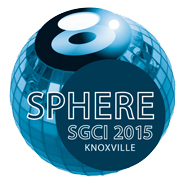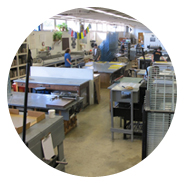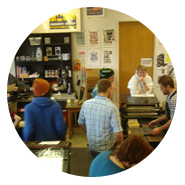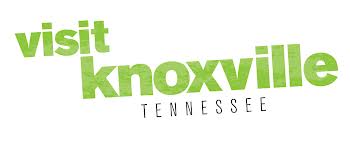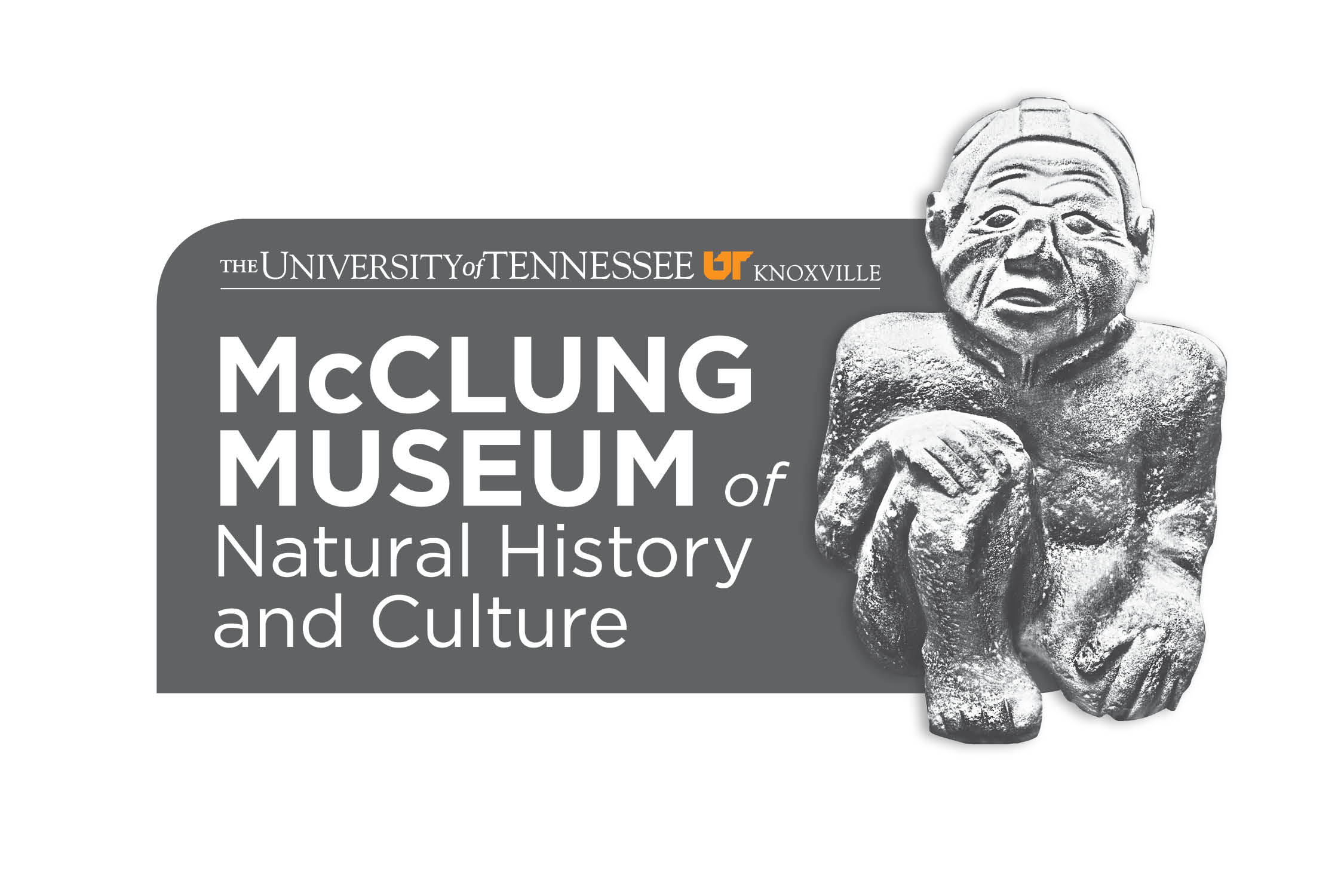panel session G1
distortion
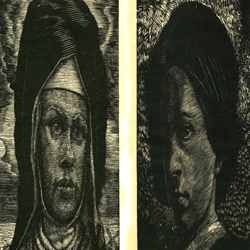
FRIDAY MARCH 20, 1:45-3:15PM
KNOXVILLE CONVENTION CENTER, BALLROOM ABC
Session Chair: Wuon-Gean Ho, Royal College of Art, London, UK
Email: wuongean@hotmail.com
This session topic takes Escher’s “Self Portrait in Spherical Mirror,” (1935) as a starting point, and calls for imagery that is distorted or requires a specific vantage point in order to be read successfully. These include anamorphic images, and images that rely on perceptual filters of vision such as synesthesia, color blindness, and near or far sightedness. Images which rely on a technology for their creation are also cases of distortion, for example with infrared film and heat sensitive recording devices, streamed imagery, holograms, wide-angle lenses and prisms. How does distortion inform the subject of art, and how do we interpret it’s significance?
Presenter 1: Wuon-Gean Ho, Royal College of Art, London, UK
Paper Title: Introduction to Distortion in Art
i) Distortion as a drive, as a necessity in art making (mapping the globe, religious, scientific and ethical issues, propaganda, technical translation of an object from 4D or 3D to 2D, hidden messages, games, delaying visual understanding), ii) Distortion in the creative process (the human hand, the human eye, the acid and etching process, the joys and pitfalls of lithographic stones, magical inks (UV, day glo, glow in the dark), cameras, computers, graphics packages and machines we harness), iii) Distortion assumed in the viewing: chromatic aberrations readily read and perceived as normal, seeing white on black as black on white, perfection as repulsive, expectation fulfilling gaps in vision, proclivity to see faces in Rorschach blot tests, to perceive food and danger and sex before other things, viewing with intellect as opposed to emotional viewing, cultural expectations (Asian viewers seeing movement from right to left as opposed to Western eye seeing movement from left to right). The talk will be illustrated with examples from the print portfolio curated for the conference, as well as a brief historical survey.
Presenter 2: John Jacobsmeyer, New York Academy of Art, New York, New York
Paper Title: Anamorphosis: View of the Other
Anamorphic perspective challenges both the supposedly rational construction of vision associated with perspective and the assumed rationality of the Cartesian subject.” Lyle Massey, Anamorphosis. Cao Yi produces works from the point of view of a Chinese artist born during the one child policy. His series of prints “Beauty in my Eye” takes the shape of his own eye as a convex mirror reflecting the world and people around him. John Jacobsmeyer uses anamorphic distortion in the “Possible Mothers and Fathers” series of wood engravings, where the portraits of women are distorted vertically in order to privilege a lower point of view. The engravings of men, however distort horizontally thus orienting the viewer to a side position. Hyeyoung Shin is a Korean artist whose many depictions of feet make allegory of the foot in Asian culture. The viewpoint from which the feet are seen is an indication of an unseen subject and its "distorted" image of the body.
Presenter 3: Erik Brunvand, University of Utah, Salt Lake City, Utah
Paper Title: Harmonic Distortion and Active Prints
How does the practice of music and sound generation intersect with the printed, visual image? In this talk I will discuss active electronic prints that are, on the one hand visual, but on the other hand behave like circuits and can even produce sounds. Using conductive inks, the image in a print can be part of an electronic circuit that influences the generation of sound and noise through an external oscillator. A printed image can even be used as a speaker to produce sound directly. This results in distortion on many levels: visual, sonic, conceptual, and intellectual. This talk will address the theme of Distortion in multiple ways through an exploration of prints that have active electrical properties. An area printed with electrical inks has a measurable capacitance that varies as conductive objects (such as humans) approach the print. This means that the active printed image can be used in any circuit that uses these types of components. The resistance will be fixed once the image is printed, but capacitance changes based on proximity to other conductive objects.
Presention 4: Noah Breuer, Fashion Institute of Technology and New York University, New York, New York , USA
and Julia Lillie, New York, New York , USA
Paper Title: Distorted Expectations: Illusions of Materiality in Prints
Tricks of the eye in art have delighted and perplexed viewers for centuries. Printmaking includes a variety of processes that may be employed to replicate the materiality and aesthetics of other mediums or print processes. A fascination with illusionistic art forms existed in Europe in the sixteenth and seventeenth centuries; later, art objects which appeared to transform from one material to another served as intellectual jokes. Contemporary printmaking is rich with examples of visual trickery and mimesis, both formal and material. Suzanne Song utilizes wood veneer and simple, two-color screen-printing to create dynamic tromp l’oeil prints. Rob Fischer mixes screen printing with intaglio-printed hardwood floors to create prints that appear to be the very floors they depict. Rob Swainston references 16th century engraving lines by using power-routing tools and intaglio-printing methods in his woodcuts. These projects distort viewer expectations about printed imagery, and invite deeper examinations of the methods and meanings of artistic execution.
